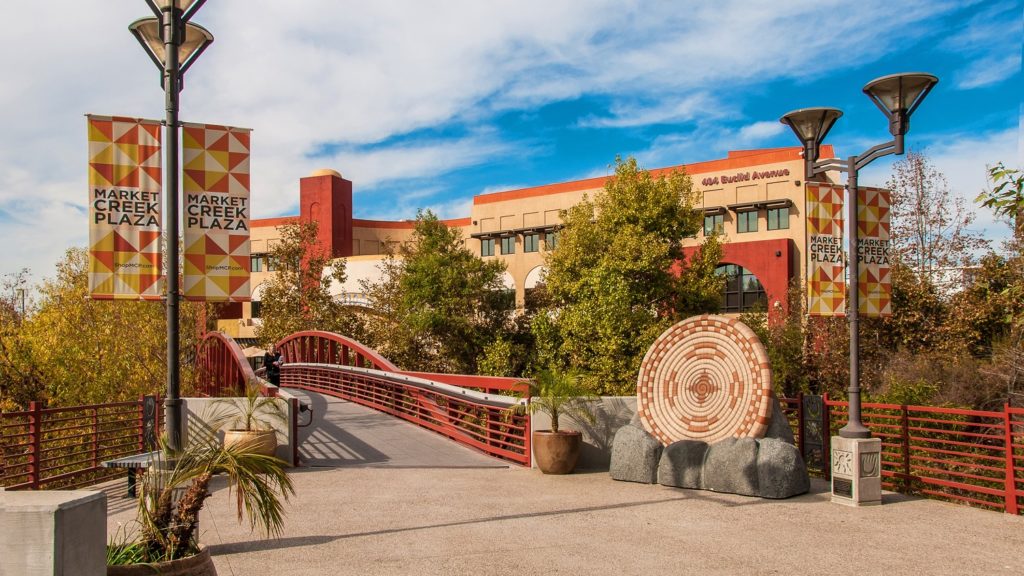 Special to the Philanthropy Journal
Special to the Philanthropy Journal
By Alec Gorynski, Vice President of Community Development and Corporate Philanthropy, First National Bank of Omaha
Corporations and businesses are either starting or enhancing their community giving. According to the Giving in Numbers 2017 Edition (CECP, 2017), median giving among surveyed companies increased by 2.3% from 2014 to 2016, and 35% of companies increased their giving by more than 10%. Whether due to increasing consumer and employee demand to do business with and work for socially responsible companies, or if they are motivated by the altruism of charity, we should all welcome their generosity. For these businesses, though, philanthropy does not have to be just a selfless gesture with no ROI. In this piece, we will explore the concept of shared-value philanthropy, how corporations can align their giving in a manner that achieves social benefits in tandem with business objectives, and how nonprofits can tailor their fundraising efforts when working with the private sector.
![]() Philanthropy is a tool to realize a goal. For foundations and government entities the goal is a societal gain: a reduction in poverty, an increase in the arts, or access to clean water, to name a few. For corporations, philanthropy can achieve complementary goals. Shared-value philanthropy is when corporations invest in areas that are both responsive to community needs and complementary to their business objectives. As a result the company is able to see societal benefits in tandem with the potential for future impact on their bottom line. Shared-value philanthropy was previously explored by Porter and Kramer in their article titled The Competitive Advantage of Corporate Philanthropy (HBR, 2002). Porter and Kramer explain that corporate philanthropy should be focused and strategic, intentionally intersecting with the social environment in a way that has the potential to influence its bottom line. By operating in this way, a company can “do well by doing good.” The notion of shared value philanthropy has been further explored dozens of times over in articles on philanthropy and corporate social responsibility.
Philanthropy is a tool to realize a goal. For foundations and government entities the goal is a societal gain: a reduction in poverty, an increase in the arts, or access to clean water, to name a few. For corporations, philanthropy can achieve complementary goals. Shared-value philanthropy is when corporations invest in areas that are both responsive to community needs and complementary to their business objectives. As a result the company is able to see societal benefits in tandem with the potential for future impact on their bottom line. Shared-value philanthropy was previously explored by Porter and Kramer in their article titled The Competitive Advantage of Corporate Philanthropy (HBR, 2002). Porter and Kramer explain that corporate philanthropy should be focused and strategic, intentionally intersecting with the social environment in a way that has the potential to influence its bottom line. By operating in this way, a company can “do well by doing good.” The notion of shared value philanthropy has been further explored dozens of times over in articles on philanthropy and corporate social responsibility.
An example of shared value philanthropy in practice is the health insurance company that sees rising insurance claims among an increasingly unhealthy population, resulting in a negative impact on their bottom line. A focused and strategic philanthropy program for this company includes support for disease prevention and health education programs, targeting those most at risk for preventable and expensive diseases. As a result, the company is improving the health conditions of their community, while also decreasing health insurance claims for years to come. Rated as one of the top 50 most community minded companies in the US by the Points of Light Foundation, United Health Care is focused on building Healthy Communities. They do this by investing in programs that support healthy living, increasing access to healthcare for all, and addressing the healthcare needs of tomorrow.
Companies of any size and scope can adopt a shared value approach to corporate giving. Step one is to identify a community target, a place that is the intersection between social good and company opportunity. Porter and Kramer (2002, HBR) categorize these into four areas including resource inputs (human capital, natural resources, supply, etc.), customer demand, complementary industries, and local environmental conditions. In the health insurance company example, they are decreasing costly customer insurance claims while simultaneously improving the health conditions of the community that surrounds them. Another example, the food service industry is becoming more dependent upon local farmers and ranchers to provide the local produce and protein their customers are demanding. A local restaurant owner could impact the local supply, increase employment, and increase access to healthy foods, all by supporting local farming training and technical assistance programs. The second step is to apply discipline. This is especially challenging for companies with a history of providing broad support to their community. With a giving strategy in place, grants and donations should strictly align with these ideals. This will take a mix of education to employees involved in the process, as well as transparent communication with current and potential community partners.
Of course corporate philanthropy is not possible without the skillful and dedicated work of nonprofit partners. For nonprofits approaching corporations, a winning fundraising strategy is to identify and pursue corporate partners that clearly align with your mission, and pass on the ones that don’t. In some cases this is an easy exercise, as giving priorities and examples are published on websites and in annual reports. For smaller companies the burden may be on you to make the case. How does the mission of your organization add value to the corporation? In what ways does your success contribute to the potential success of the company? What specialty programs can you launch that will add value where there was not value before, while still staying true to your mission? Being selective and targeting in this way will only help to perpetuate the cycle of corporate giving, allowing for the continued growth of corporate giving.
References
CECP, in association with The Conference Board. Giving in Numbers: 2017 Edition.
Porter, Michael and Kramer, Mark (2002). The Competitive Advantage of Corporate Philanthropy. Harvard Business Revie. Retrieved from https://hbr.org/2002/12/the-competitive-advantage-of-corporate-philanthropy
United Health Care Group (2018). Social Responsibility. Retrieved from www.unitedhealthcaregroup.com/social-responsibility.html
Alec Gorynski serves as the Vice President of Community Development and Corporate Philanthropy for First National Bank of Omaha and President of the First National Community Development Corporation, both located in Omaha, Nebraska. First National Bank of Omaha is a subsidiary of First National of Nebraska, which has more than $20BB in assets and over 100 locations across seven Midwestern states. First National Bank reinvested over $26MM back into its local communities in 2017, including grants, donations, and impact investments, much of which is focused on driving economic growth and stability it its footprint communities. In his role, he heads the bank’s efforts to be an agent of positive change in its footprint communities through philanthropy, investing, leadership, and the use other bank tools across its seven-state footprint. Complementing his professional experience, Mr. Gorynski is a co-founder and board member of Spark – a community development intermediary; past-president and Treasurer of Omaha 100 – a nonprofit CDFI; and holds board and sub-committee positions with the Nebraska Arts Council, the Omaha Community Foundation, and InCommon Community Development. He holds a Masters of Public Administration from the University of Nebraska at Omaha, and Bachelor of Science degrees in Psychology and Criminal Justice from Peru State College.





